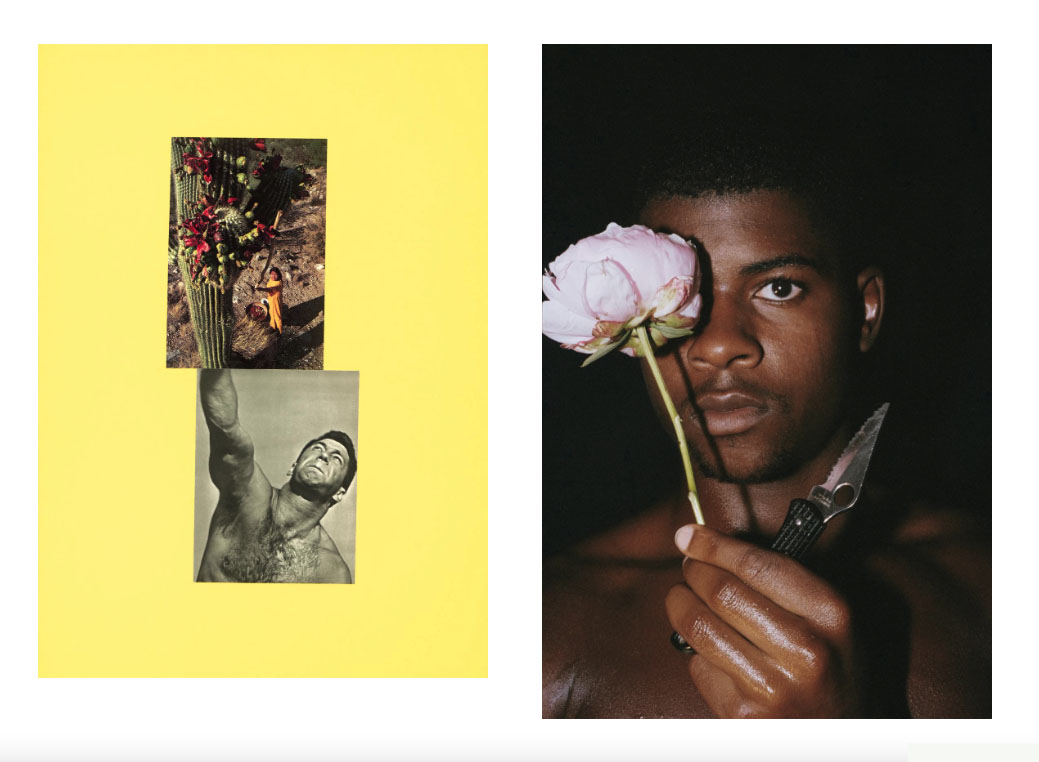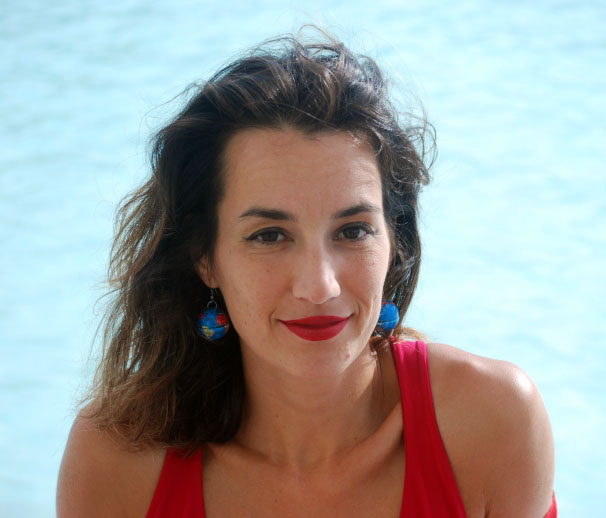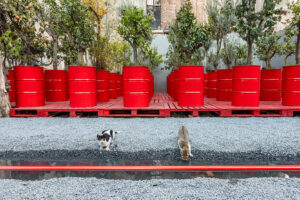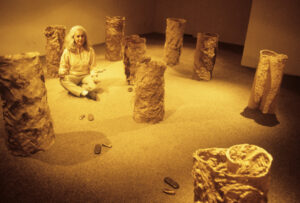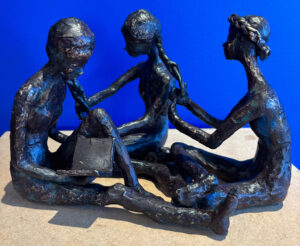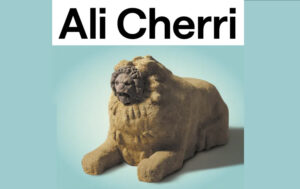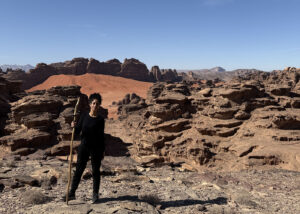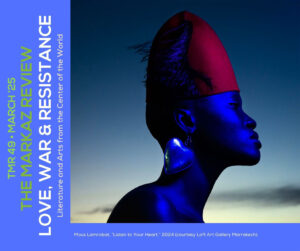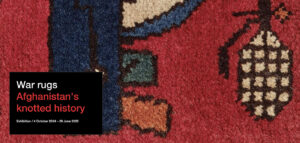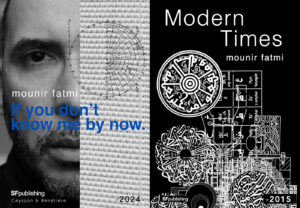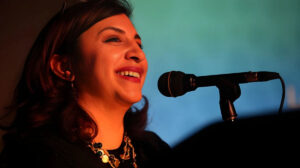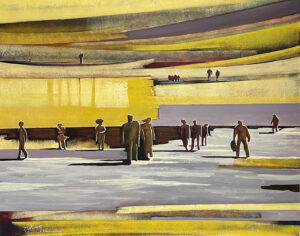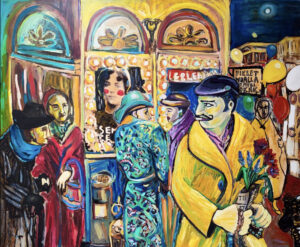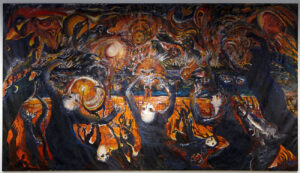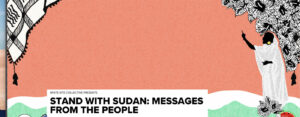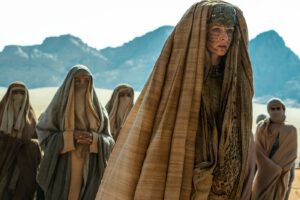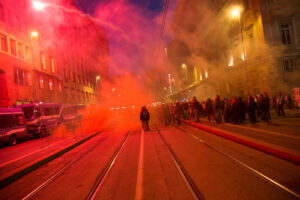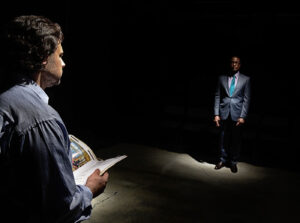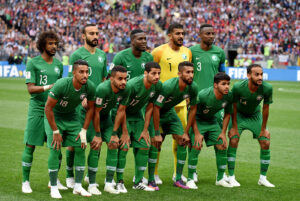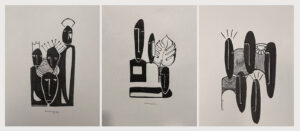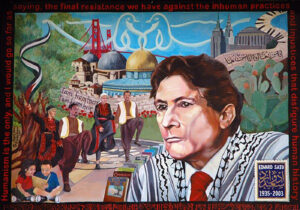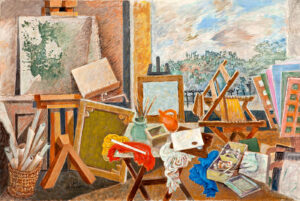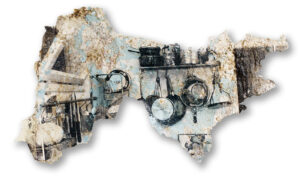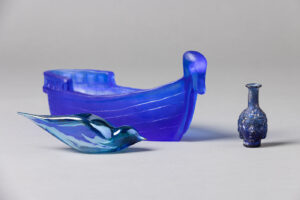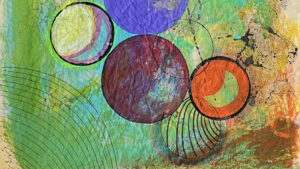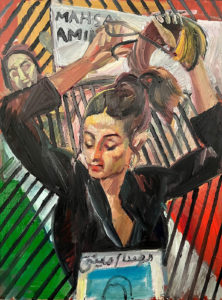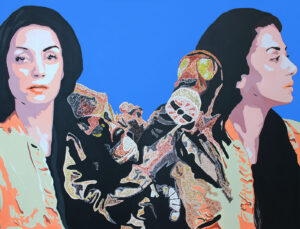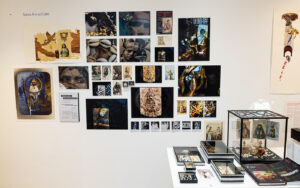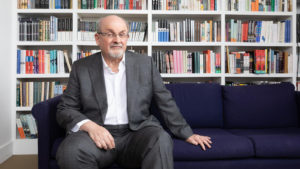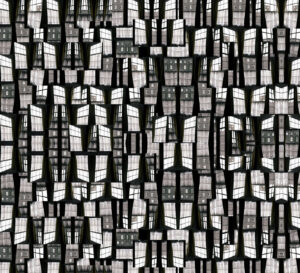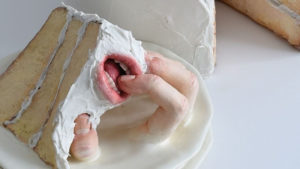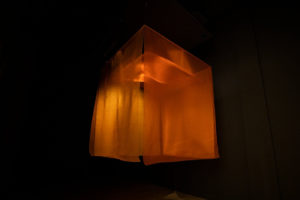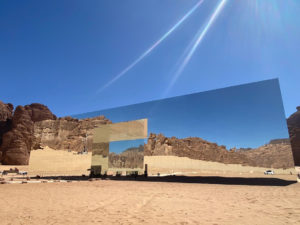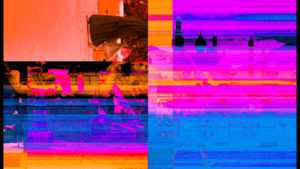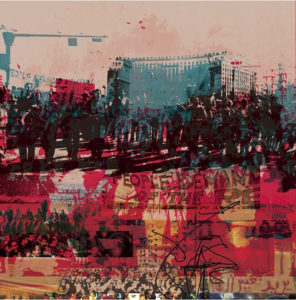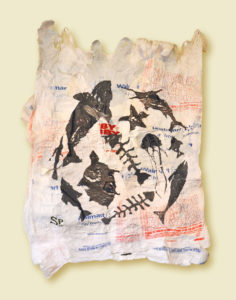A writer wonders whether curators who organize international exhibitions and develop books aren’t in fact public intellectuals to whom we should be paying more attention.
Naima Morelli
“I don’t consider myself a public intellectual,” replies Rose Issa, when I ask her how she feels about being known as one. “I think of myself more as a catalyst who helps artists to become more widely recognized, seen and shared.”
Despite her insistence to the contrary, the pioneering curator, writer, and art critic is, in my view, an intellectual. I’d go as far as to say that the hallmark of being a true public intellectual is precisely not to label oneself as such.
Contrary to popular belief, it remains true that the specter of the intellectual still haunts the art world. The only thing that has changed is the mask they now hide behind — that of “curator.” The current dislike of the word intellectual runs just as deep as our love for the word “curator.” The term “curate” has expanded well beyond the art realm, pervading all domains. We have curated meals, wardrobes and, of course, content.
In the art world, curators are keepers, both of the artworks and the artists (curate is to care, from the Latin word cura), their highest incarnation being to develop ideas and theories that impact the trajectory of the art world through exhibitions that bring to life thought and imagination, one artwork at a time.
Since the ‘80s, Rose Issa’s curations have had a significant impact in propelling Middle Eastern art onto the global stage, paving the way for novel intersections of ideas.
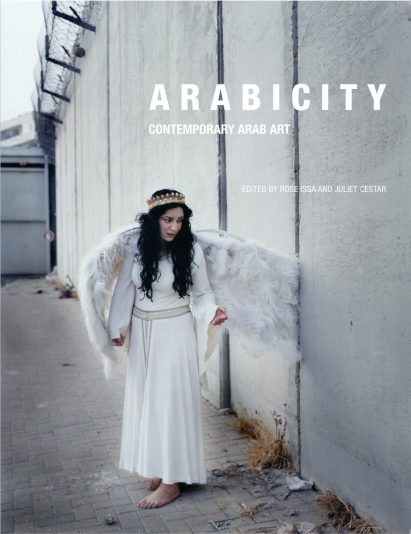
There are a lot of “firsts” in Issa’s long career. In 1982 she curated the first Arab film festival in Paris and in ‘86, she launched Kufa Gallery, the first venue in London to promote art from the Middle East. Her contribution was instrumental in creating momentum for Iranian contemporary art, curating an exhibition at the Barbican, focused on art made 20 years before and after the revolution. Then came solo shows for Farhad Moshiri, and another major exhibition of Iranian art, this time in Berlin in 2003, called Far Near Distance, showcasing its visual arts and cinema.
A series of exhibitions she has curated over the past 11 years in Brussels, Liverpool, London and Beirut, came under the name of Arabicity, which also became the name of her seminal book, Arabicity: Contemporary Arab Art, published by Saqi Books in 2019, reflecting on four decades of the aesthetic, conceptual, and socio-political concern of Arab artists.
“We start with artists from Palestine, one of the first historical issues to augur the dismantling of the Middle East; then comes Egypt, which was at the heart of Pan-Arabism,” writes Issa in the introduction. Then it’s her native Lebanon, where “decades of civil war and invasions produced a whole generation of young artists who remember only conflict.” She mentions Iraq and Syria, then North Africa, where “many artists have had a foot in Europe,” and finally Gulf artists “who capture different inner tensions resulting from stagnation versus growth.”
With her writing and curation, she’s introduced a wide array of creative talent. She was one of the early acolytes of filmmaker Abbas Kiarostami, along with painter Ayman Baalbaki, artist Monir Shahroudy Farmanfarmaian, and Farhad Moshiri, who would figure prominently in the neo-pop movement and become a major name in Middle Eastern contemporary art. Issa became a sought out doyenne between Middle Eastern and Western cultures — something that has changed a lot over the past few decades. She recalls that when she started, there was no internet, no Google to help find artists and filmmakers. “You had to know them, call them, engage with them, in order to borrow artworks or films,” she says. “There were very few art publications in English from our part of the world — not only in the Arab world and Iran, but also in Africa, South America, China, and Russia. Now, with one click you can find a lot of information about almost any artist, gallery or film.”
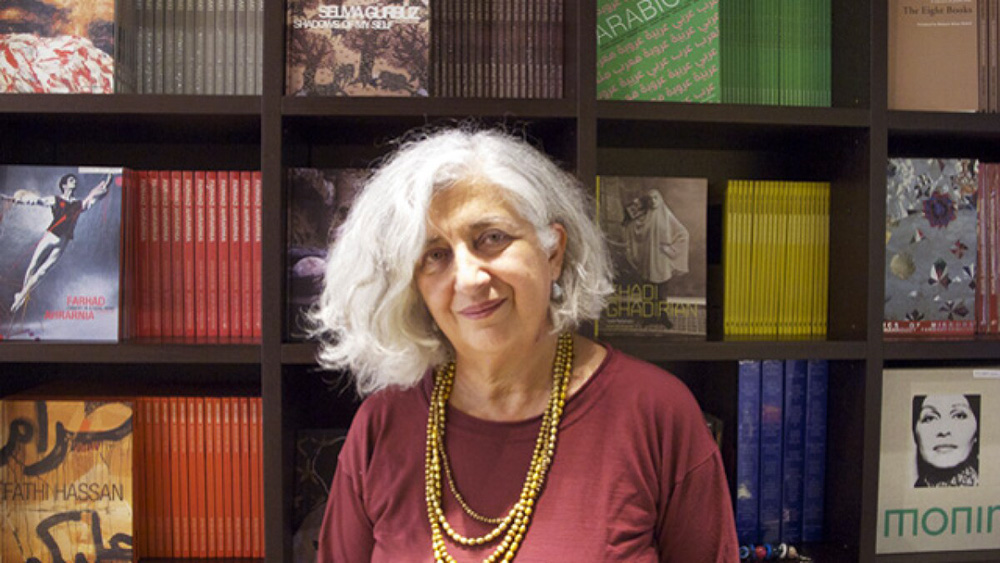
In her alternating roles as curator, translator and intellectual, publishing has been key to her success. She has put together hundreds of brochures, catalogues, and books, including Signs of Our Times: From Calligraphy to Calligraffiti (2016), Maliheh Afnan: Familiar Faces (2013) and Raeda Saadeh: Reframing Palestine (2012). In 2023, she acted as editor, co-authoring Jardin d’Afrique (Garden of Africa) with Algerian artist Rachid Koraïchi, which includes photographs of a cemetery for migrants in the coastal town of Zarzis, southern Tunisia. “This versatile artist, linked to the Koraïchi family of the Prophet Muhammad, is deeply spiritual,” writes Issa. “His search for the best artisan ‘magicians’ follows his creative path. From the outset he has built a deep, friendly complicity with the great poets and writers of the past century.”
Issa revived a keen interest in the West for Middle Eastern art, as evidenced by the extensive acquisition of Middle Eastern monographs.
The art market has changed considerably over the years: “In 1987, at the first exhibition for Middle Eastern female artists at Kufa gallery in London, we did not know that we could sell photographs or videos,” Issa said. “The video of Mona Hatoum that I showed was acquired by the Tate Modern twenty years later! Hardly anyone was exhibiting Indian, Turkish, or Black artists. I had to do it because I found their work stunning.”
Her drive, she says, is pleasure, the oxytocin that comes from sharing art she enjoys and finds unique. “I think the more you live and learn, the more difficult it is to be knowledgeable,” she says socratically.
Issa’s attitude makes me wonder whether this I-know-that-I-know-nothing approach is at the base of our modern wariness of the so-called “intellectual.” Perhaps we have come to refrain from using the first person when we speak about ourselves, because we no longer believe in the grandiose, self-centered utopias of bygone intellectuals. In today’s art landscape, where economics dominate the game, a utopian vision is not seen as luminary, it is naïve.
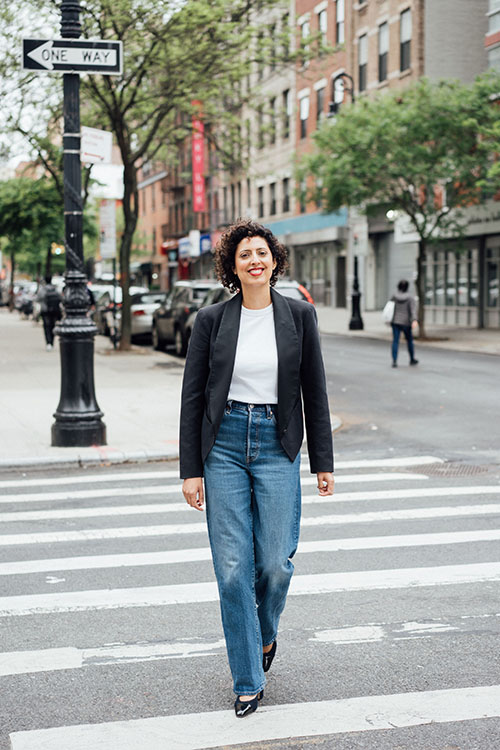
In this worldview, intellectuals can acquire influence only if they are willing to make their ideas palatable to a public that is looking for entertainment, more than culture; for content, more than exploration of thought. In this scenario, ideas themselves are products, and intellectuals can’t just lock themselves in a room and write. They have to constantly engage with social media, make themselves and their research into a brand, have talks at galleries at art fairs, perhaps put some videos up on YouTube.
While this might sound like an unattractive compromise, it is still part of the social pact the intellectual has to make with society. And the art world we are living in is undoubtedly marked by capitalism. Institutions, academia, and art historians will definitely write art history, but the market forces will — as they always have — wield a major influence.
There are positive examples of curators/intellectuals with a solid academic background and research, who create shows and books that are also very attractive to the wider public.
For example, a very successful group show which was recently held at New York’s International Center for Photography, was called Love Songs: Photography and Intimacy. Conceived as a mixtape of songs gifted to a lover, it featured photographic projects about love and intimacy from 16 contemporary photographers.
The show was curated by Sara Raza, whose main body of research focuses on Soviet Orientalism. She is a curator, academic, writer and educator whose shows are incredibly appealing to a wide audience. More than a decade ago, Raza coined the term “Punk Orientalism,” which is also the name of her latest book.
Moving seamlessly between academia and the underground scenes, Raza plays a crucial role in illuminating the under-researched art landscapes of Central Asia and the Caucasus: “I was always interested in the punk movement’s proclamation of ‘NO FUTURE’ and their suggestions for an alternative way of living,” she says. “They belonged to an international ‘punk’ legacy that was concerned with disrupting fixed narratives and offering a new multi-faceted prism for a different kind of future.”
As a curator and public intellectual, Raza challenges the Western gaze on art from regions often relegated to exoticism. “My work revolves around exploring East-East dialogues and its nuanced exploration of ideas that have been exchanged for centuries.” Her method consists of creating a historical art journey that is artist-led and embraces a multiplicity of orientations: “I approach history from not just a vertical standpoint, but a horizontal and sometimes rhizomatic one too.”
Can curators still be considered intellectuals working in countries that don’t hold freedom of expression paramount?
To curators and researchers, areas of the world like Central Asia or some parts of the Middle East are particularly exciting, as they allow the creation of new art theories, versus the hyper-stratified, extra-consolidated, and stuffy Western art world. While in the latter the demand for intellectual curators as collective guides increasingly fades, countries once considered on the periphery now put art at the center of their growing economies.
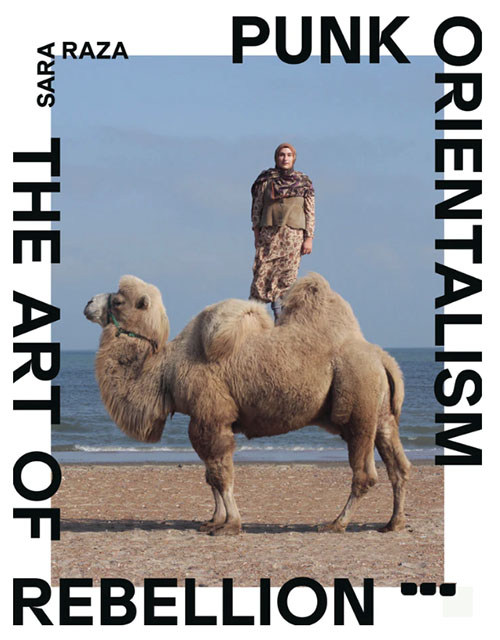
Examples of this are found in the Gulf countries like Saudi Arabia, Qatar, and the UAE, countries that invest heavily in their cultural industries as a means to diversify their economy. But can the curator still be considered an intellectual, if working in countries that don’t hold freedom of expression paramount?
“The role of the curator in the Gulf is more crucial than ever, as it brings forth a more organic perspective of our region, bridging past and present, tradition and innovation, and connecting diverse audiences with the rich tapestry of our region’s cultural heritage,” says Farah Abushullaih, Head of the Museum at the King Abdulaziz Center for World Culture (Ithra).
Alia Al-Senussi, co-author of the 2023 book Art in Saudi Arabia: A New Creative Economy?, says on a podcast for The Art Newspaper called “Saudi Arabia’s soft power grab,” that in terms of feminism, LGBTQ+ issues, as well as human rights and freedom, Saudi Arabia has a different framework from the Western world. As a senior advisor for Saudi Arabia’s cultural initiatives, she says that in the art world she has never witnessed parameters that she would define as restrictive in terms of exhibition curations.
When asked if one could actively have freedom of expression in an art community if the plurality of voices is denied, she says: “I don’t see it as a denial. As an example, public displays of affection are not encouraged in the Arab world, among heterosexuals even. It’s just a certain way of being and a certain way of acting in public.” She provides as an example artist Wolfgang Tillmans, who came to Saudi Arabia and showcased images of a man leaning against a car with a purple thobe, which had clear queer connotations, but was still accepted.
The main challenge for contemporary art curators in Saudi Arabia is definitely trying to bridge dualisms of modernity, contemporary issues and shifts which are surfacing in the Western world, and tradition, as well as secularism and religion.
Ithra’s recent exhibition In the Footsteps of the Prophet, as well as the Islamic Biennale in Jeddah, emphasize local culture — a homegrown contemporary art — rather than an internationalist aesthetic and ethos.
“Our journey to establish Ithra was shaped by the aspirations and desires of our local audiences,” Abushullaih told me. “Before launching the center, we led focus groups across the Kingdom to home in on what our audiences wanted from a new cultural institution,” she says, placing herself as the public intellectual defined not by the disruptive value of her ideas, but by the engagement with the public itself.
The curator adds that the response overwhelmingly indicated that local audiences wanted a space where they could engage authentically with Saudi history and culture while allowing space for exhibiting international cultures as well: “We’ve found that this is what our international audiences want too; to use art and creativity as a means to access a greater understanding of our culture, both in terms of cultural heritage and the present evolving cultural landscapes.” The way they are doing it at the moment is not necessarily by opening new spaces of discussion beyond what governmental institutions allow, but leveraging those little small opportunities to create a framework to think and discuss through art and culture. This is already something that is still quite new in a country which is just starting to open up, and is already witnessing a number of overnight changes in terms of culture in big cities.
Curators in places like Saudi Arabia enjoy major influence on their public, an often young population that looks at art as a form of entertainment. What is more, these youth hold a sense of collective mission and responsibility, aware of their role in historical progress and national destiny.
There are many ways to be a curator-intellectual in the Middle East, but all of them involve stepping down from the ivory tower of academia, and getting involved with the local context, whether this is the restrictions of a specific country or the commercialized art world. Some curators create exhibitions and steer cultural discourses in fecund directions, even within art systems with a top-down approach as in the Gulf. Others are like gardeners tending to what grows organically, as in contemporary art scenes in Central Asia. Yet others, like Rose Issa, extend bridges between East and West — a job that is far from finished. Issa’s main concern is that an increasing number of Middle Eastern students specializing in art curation have a strictly academic background and a generally lightweight approach, lacking in any kind of practical work experience in the country or command of the language. “The joke is,” she tells me, “a week in Dubai can make you an expert in Middle Eastern art.”



